Contempt Of Court Under Nigeria Legal System : An Overview
By Sylvester Innocent
ABSTRACT
Recently, a controversial human rights lawyer in Uyo was sentenced to one month in Prison by the Chief Justice Of Akwa Ibom State, Ekaette Obot on alleged contempt.
You can read about the story here, https://barristerng.com/why-barr-inibehe-effiong-was-sentenced-to-one-month-imprisonment-by-akwa-ibom-cj/.
Many excellent legal writers have engaged and put their writing skills to work based on the particular information made available to them concerning the saga.
I must applaud those who have written so far on the subject matter because it shows they appreciate the provisions of the law very well.
This article however will seek to discuss in full, the Meaning of Contempt, types of Contempt, reasons for contempt and punishments for contempt.
It will conclude with a little spotlight on the current case saga of Effiong Inibehe.
INTRODUCTION
Justice Idigbe of the Supreme Court in the case of Atake v Attorney General of the Federation, described Contempt as follows:
‘It is, indeed, difficult to give exact definition of contempt of court, and this is because “it is so manifold in its aspects” … but generally, it may be described as any conduct which tends to bring into disrespect, scorn or disrepute the authority and administration of the law or which tends to interfere with and/or prejudice litigants and/or their witnesses in the course of litigation. One important kind of contempt “is scandalizing the court” …; and so “counsel or advocate may in the interest of his client cast reflections upon the conduct, character, or credit of the parties or witnesses, so long as his comments are pertinent to the matters in question, although they would, outside a Court of Justice, be actionable as slanderous. This (sic) license, however, will not justify an advocate in using language which, apart from such criticism, is personally insulting or generally scandalous” [see Oswald on Contempt committal & Attachment 3rd Edition 1910 at p. 54 citing in support, Ex Parte Pater (1864) 5 B & S. 299]. On this principle, a barrister was sentenced to a fine for saying, in the course of proceedings, that a Baron of the Exchequer Chamber was a “Judge de gratia” [see 82 ER at 1100 also cited in Oswald op. cit. p.54 note (s)]. The same latitude is also extended to litigants who appear in person (and this expression includes lawyers appearing in person to conduct their own suits); but on the same principle it has been said that the indulgence “should not be extended to permit them to continue an improper course of conduct after warning from the Judge, nor to use unbecoming or abusive language.”’
In the case of Agbachom vs RTAC, Contempt of court was described as anything done or writing published calculated to bring a court or judge into contempt to lower his dignity.
According to Shorter Oxford English Dictionary 3rd ed 38, “Contempt was defined as disobedience or disrespect to a lawful authority of House of Parliament or Court”.
Anything which scandalizes or is calculated to bring the court into disrepute is contempt
A contemnor is a person who commits contempt.
The Court in the case of Basil Okoma vs Sunday Udoh held that before an act or omission is deemed contempt it must be done with intention or intentionally. Thus, the question of motive is irrelevant in contempt cases.
The Supreme Court of Nigeria in the case of OMOIJAHE V. UMORU did not mince words when it held coram Mohammed, J.S.C. thus: “It is justice itself that is flouted by contempt of court, not the individual court or judge who is attempting to administer it.”
TYPES OF CONTEMPT
The Court in the case of Rt. Hon. Azikwe vs FEDECO held that there are 2 types of contempt as follows:
- Contempt (in facie curiae), Contempt in the face of the court
- Contempt (ex facie curiae), Contempt outside the court
However, per His Lordship Hardwicke L.J. in St James Evening Post Case, it was held that there are 3 types of contempt as follows: one kind of contempt is scandalizing the court itself. There may be likewise contempt of this court, in abusing parties who are concerned in the cause, there may be also a contempt of this court, in prejudicing mankind against another person before their cause is heard.
Historically, Contempt is classified as Criminal Contempt or Civil Contempt. However, the Court was explicit in the case of A.G. v. Laveller Magazine Ltd where it stated that whether contempt is in facie curiae, ex facie curiae, criminal contempt or civil contempt, they all share one characteristic; they involve interference in the due administration of justice.
CONTEMPT IN FACIE CURIAE
The Court in Re Olu Onagoruwa stated that the common characteristics of contempt in facie curiae is that the act of contempt must take place near the courtroom or in the precincts. It has no closed category as it is far and wide. Contempt in facie curiae can be words spoken or actions taken within the court which interferes with the due administration of justice. Contempt in the face of the court could be the tone, manner and choice of words with which a lawyer speaks to the judge – if it is insulting to the judge, it will be contempt; refusing to answer questions in court; being rude to a judicial officer, etc. Contempt in facie curiae is broad and one can argue that it is subjective, based on the sensitivity of the judge.
Under this class of contempt, there is no need to call for evidence of what transpired, because it happened in the immediate view of the Court. The Judge saw and heard the contemnor commit what the Court considers contemptuous, and so punishment is meted out summarily, after the contemnor is asked to show cause why he should not be sent to prison for his contempt.
It must be pointed out that for the purpose of a court rendering punishment for contempt under this category, a distinction must be drawn between conduct which affect the dignity of the Court or which tend to bring the administration justice to disrepute and conduct which merely annoys the judge. The distinction is necessary so that the power of the Court to give punishment for contempt in protection dignity of the Court is not abused.
This point is best explained in words of Lord Tucker of Privy Council, in JOSEPH IZUORA V THE QUEEN where he observed as follows: “It is not every act of discourtesy to the Court by Counsel that amounts to contempt, nor any conduct which involves a breach by Counsel of his duty to his client. In the present case the appellant’s conduct was clearly discourteous, it may have been a breach of the rules and it may perhaps have been a dereliction of his duty to his client but in their Lordship’s opinion it cannot properly be placed over the line that divides mere discourtesy from contempt.”.
Also, in the case of Oku v State Coker JSC, quoting from a Privy Council case, made the distinction between mere discourtesy to the court and contempt of court as follows:
‘It is not every act of discourtesy to the Court by counsel that amounts to contempt not his conduct which involves a breach by counsel of his duty to his client necessarily in this category. In the present case the appellant’s conduct was clearly discourteous… and it may perhaps have been in dereliction of his duty to his client but in their Lordships’ opinion it cannot properly be placed over the line that divides mere discourtesy from contempt.’
The Supreme Court of Nigeria in the case of INEC & ANOR V OGUEBEGO & ORS, whilst considering the instance when words or actions used in the face of the Court or in the course of proceedings be deemed contemptuous, held as follows: “For words or actions used in the face of the Court, or in the course of proceedings, to be contempt, they must be such as would interfere with the course of justice. A superior Court of record has the inherent jurisdiction to deal with contempt in facie curiae and punish for the offence summarily. It must once again be emphasized that the summary power of punishing for contempt should however, be used sparingly and only in serious cases….”
There have been cases where the Courts have maintained that the power of the Court to punish for contempt must always be exercised to secure and protect the authority of the Court.
For instance, ADEYEMI CANDID-JOHNSON V MRS ESTHER EDIGI where an Acting Chief Magistrate went beyond its powers and cited a counsel for contempt because the counsel insisted that his submissions before the Court should be placed on record and also refused to answer a question which was put to him by the Court. The Magistrate considered the counsel’s conduct to be rude and contemptuous and ordered that he should be detained. The Court of Appeal, while condemning the act of the Magistrate held:
“Apparently, when tempers rose rather meteorically, the respondent, exacerbated by the situation, unleashed this incisive question: “When did you leave the law school? The response, going by the record, was equally unrelenting: “I will refuse to answer that question in the rudest manner.”
It was the refusal to answer this question, according to the record, that broke the camel’s back, and led to the detention of the appellant for contempt of court. It was unfortunate, to say the least, for the respondent, according to the records, to have taken leave of her exalted bench, invited counsel to extra-judicial dialogue, and thereafter descended into the arena of vituperative conflict with him”.
In Fawehinmi v State the court held that strongly worded criticism of the court or judge would not be contempt provided the criticism is fair, temperate and made in good faith.
CONTEMPT EX FACIE CURIAE
Contempt Ex facie curiae which means contempt committed outside the Court (Coram non judice) and therefore out of sight and hearing of the Judge. It arises from disobedience and obstruction of lawful orders of Court. When a Court makes an order directing a person to carry out certain act or to refrain from a particular conduct, failure to abide by the directive is a serious breach of the Court’s jurisdiction and may be found to be contemptuous. Contempt ex facie curiae is a serious offence which interferes with the powers of the Court to administer justice and the Court is entitled to invoke its innate powers to punish an erring party by committing the person to prison.
Where a Contempt Ex facie is committed, a full blown criminal trial, which must follow the procedure for all criminal prosecutions from arrest, charge, arraignment, prosecution, defence, etc. must be held.
The procedure for punishment for this category contempt is very strict and it is governed by the provisions of Section 72 of the Sheriffs and Civil Process Act and Order 9 Rule 13 of Judgment Enforcement Rules. For ease of reference, Section 72 of the SPCA provides as follows.
“ If any person refuses or neglects to comply with an order made against him, other than for payment of money, the court, instead of dealing with him as a judgment debtor guilty of the misconduct defined in Paragraph (f) of section 66 of this Act, may order that he be committed to prison and detained in custody until he has obeyed the order in all things that are to be immediately performed and given such security as the court thinks fit to obey the other parts of the order, if any, at the future times thereby appointed, or in case of his no longer having the power to obey the order then until he has been imprisoned for such time or until he has paid such fine as the court directs.”
The proceedings for contempt ex facie curiae s divided into two important stages as follows:
For the FIRST STAGE, when an Order of Court is flouted, the first thing to do is to make an application to the Registrar of the Court for Issuance of Form 48 which would have a copy of the relevant Order endorsed at the back of the Form. Form 48 is a notice of consequence of disobedience of Court Order. The Form 48, endorsed with Court Order, must be signed by the Registrar of the Court and the person who wants to enforce the Court Order must ensure that the form is personally served on the alleged contemnor (party in contempt) by the Court’s bailiff who must file proof of service in the Court’s file. The essence of personal service of form 48 is to give the contemnor the opportunity to retrace his steps and avoid the Court’s sanction.
The Court, however, is empowered to dispense with service of the Form 48 and 49 on the contemnor, if the Court is satisfied that he has adequate notice of the Order either by being present when the Order was made or by being notified of the terms of the Order and deliberately refused to comply with same.
For the SECOND STAGE, if after complying with the first stage – issuance and the service of Form 48 – the contemnor or the party fails to comply with the Court order, the person seeking to enforce the Order can, after 2 days of service of form 48, apply to the Registrar for Form 49 to be issued and served on the contemnor. Form 49 is a notice to the Contemnor (party in contempt) to show cause why order of committal should not be made against him. Service of Form 49 must also be made in like manner as service of Form 48.
After complying with the above procedures, the party seeking to enforce the Court Order may then approach the Court by a Motion on Notice for committal. This Motion is to be supported with a statement setting out the reliefs and the grounds of the application, together with an affidavit brought under the Sheriffs and Civil Process Act or Law, the judgment enforcement Rules made thereunder and under the provision of Rule of Courts, such as the Federal and State High Court Rules of various States in Nigeria.
Failure to comply with any of the procedures set out above constitutes a fundamental vice which will render the whole committal process a nullity.
In the case of DIKIBO V IBULUYA the Court held that “as committal proceedings touch on deprivation of freedom and liberty of the person, the service and procedure thereof are applied strictly and any break or departure from the Strict application vitiates the proceedings”.
The Court noted in the case of OJEME V MOMODU III that the essence of the requirement to serve Form 48 on the contemnor is to give him a choice to comply with the order of the court, failing which the applicant may, after 48 hours of service of Form 48, apply to the Registrar for the issuance of Form 49. The Notice originates the process of committal as provided by Order 9 Rule 13 of the Judgment (Enforcement) Rules.
The above appears to mean that there is a need to accord the alleged contemnor fair hearing because contempt of Court is a quasi-criminal proceeding whose outcome may likely affect the liberty of an individual.
The Supreme Court held that in the case of In the case of OMOIJAHE V. UMORU (Supra), that in trial of criminal contempt (contempt ex facie curiae), an offender is entitled to the benefit of a full process of a criminal trial where the judge would have to rely on evidence or testimony of witnesses to events occurring outside his view.; In keeping with the principles of fair hearing which require that a person should not be a judge/arbiter in his own cause, the Judge whose order is alleged to have been flouted should not try the case himself.
It is worthy of note that by the clear provision of Order 4 Rule 8 of the Judgment Enforcement Procedure Rules, proceedings for the committal of an alleged contemnor who disobeyed Court Order must be initiated within two years of the delivery of the Order or Judgment which is sought to be enforced; and where the applicant fails to initiate the committal proceedings with the time prescribed by law, he must seek the leave of the Court, otherwise the proceeding will be null and void.
REASONS FOR CONTEMPT
So many reasons exist as to why contempt – whether Infacie curiae or Ex facie curiae – are in operation.
Firstly, it helps to preserve the dignity and respect of courts. In the case of Chapman vs Honig, the court held “. . . that for the purpose of deciding whether a contempt of court has been committed in a case of this kind, the determining factor is no harm done to the individual but harm done to the future administration of justice”.
Secondly, contempt ensures a fair trial by ensuring the dignity of court and reputation as an institution. The Court held in the case of Jennison vs Baker that“. . . the power exists to ensure that justice shall be done. And solely to this end, it prohibits acts and words tending to obstruct the administration of justice.”
In Chief Odu vs Chief Jolaoso it was opined by the court that “. . . by it’s nature, punishment for contempt is to punish an offender for an act that somehow affects the dignity of the court in the administration of justice.”
Finally, contempt checks undue interference in the administration of justice.
As held by the Court in the case of Fame Publications vs Encomium Ventures “it must be remembered that the principle enshrined in the law of contempt are to uphold and ensure the effective administration of justice.”
In the case of Hermone vs Smith, the court aptly captured the above point as follows: “. . . the object of the disciple enforced by the court in case of contempt of court is not to vindicate the dignity of the court or the person of the judge, but to prevent undue interference with the administration of justice.”
PUNISHMENTS FOR CONTEMPT
If found guilty of contempt, the court may punish the contemnor in several ways which includes:
- Committal to prison
- Fine
- Social Service to a Community etc.
However, the Court may pardon the contemnor if his conduct was unintentional and he apologizes to the court. The court may refuse to hear anything further from the contemnor who, for instance, has disobeyed an order of the court, until he has purged himself of the contempt, i.e., he has complied with the court’s order.
The power to punish for contempt is inherent in all Court’s, Court’s of the First instance or Appellate Courts
ON EFFIONG INIBEHE’S CASE
As at the time of writing this Article, the writer strongly believes that the story of Effiong Inibehe, an Uyo based human rights Lawyer who was sent to a month in prison on alleged contempt by Hon. Justice Ekaette Obot, the Chief Judge (CJ) of Akwa Ibom State, is not yet clear and complete. The manner in which the Uyo based human rights Lawyer spoke to the CJ of Akwa Ibom during the sitting, will greatly determine if it was actually a contempt Infacie curiae. The circumstances of each case determines what amounts to contempt especially contempts that are In facie curiae.
Since the story is not yet clear and complete, I will save my comments on the issue for now.
It is my opinion as the writer that Lawyers should address any judge hearing their case in a dignified manner. If there is a perception of bias or likelihood of bias on the side of the judge handling your case, there is always a remedy called APPEAL. The judgement of the Judge so long as he or she is NOT a Justice of the highest court – Supreme Court – can always be appealed against. It is better to go about such cases this way than to abuse or speak to the Judge in a rude manner or undignified manner.
CONCLUSION
I will conclude with the exact words of the Court in the case of A.G. vs. Laveller Magazine Ltd.(Supra) where it stated that contempt whether In facie curiae or Ex facie curiae, “. . . they all share common characteristics; they involve interference with due administration of justice either in a particular case or more generally as a continued process.”
ABOUT THE WRITER
Sylvester Innocent is a graduate from Faculty Of Law, ABSU. He is a legal writer, researcher and an avid reader. He can be reached via innocentsylvester202@gmail.com or 08022018759 for any criticism, more inputs or questions.
****************************************************************************************
This work is published under the free legal awareness project of Sabi Law Foundation (www.SabiLaw.org) funded by the law firm of Bezaleel Chambers International (www.BezaleelChambers.com). The writer was not paid or charged any publishing fee. You too can support the legal awareness projects and programs of Sabi Law Foundation by donating to us. Donate here and get our unique appreciation certificate or memento.
DISCLAIMER:
This publication is not a piece of legal advice. The opinion expressed in this publication is that of the author(s) and not necessarily the opinion of our organisation, staff and partners.
PROJECTS:
🛒 Take short courses, get samples/precedents and learn your rights at www.SabiLaw.org
🎯 Publish your legal articles for FREE by sending to: eve@sabilaw.org
🎁 Receive our free Daily Law Tips & other publications via our website and social media accounts or join our free whatsapp group: Daily Law Tips Group 6
KEEP IN TOUCH:
Get updates on all the free legal awareness projects of Sabi Law (#SabiLaw) and its partners, via:
YouTube: SabiLaw
Twitter: @Sabi_Law
Facebook page: SabiLaw
Instagram: @SabiLaw.org_
WhatsApp Group: Free Daily Law Tips Group 6
Telegram Group: Free Daily Law Tips Group
Facebook group: SabiLaw
Email: lisa@sabilaw.org
Website: www.SabiLaw.org
ABOUT US & OUR PARTNERS:
This publication is the initiative of the Sabi Law Foundation (www.SabiLaw.org) funded by the law firm of Bezaleel Chambers International (www.BezaleelChambers.com). Sabi Law Foundation is a Not-For-Profit and Non-Governmental Legal Awareness Organization based in Nigeria. It is the first of its kind and has been promoting free legal awareness since 2010.
DONATION & SPONSORSHIP:
As a registered not-for-profit and non-governmental organisation, Sabi Law Foundation relies on donations and sponsorships to promote free legal awareness across Nigeria and the world. With a vast followership across the globe, your donations will assist us to increase legal awareness, improve access to justice, reduce common legal disputes and crimes in Nigeria. Make your donations to us here or contact us for sponsorship and partnership, via: lisa@SabiLaw.org or +234 903 913 1200.
**********************************************************************************




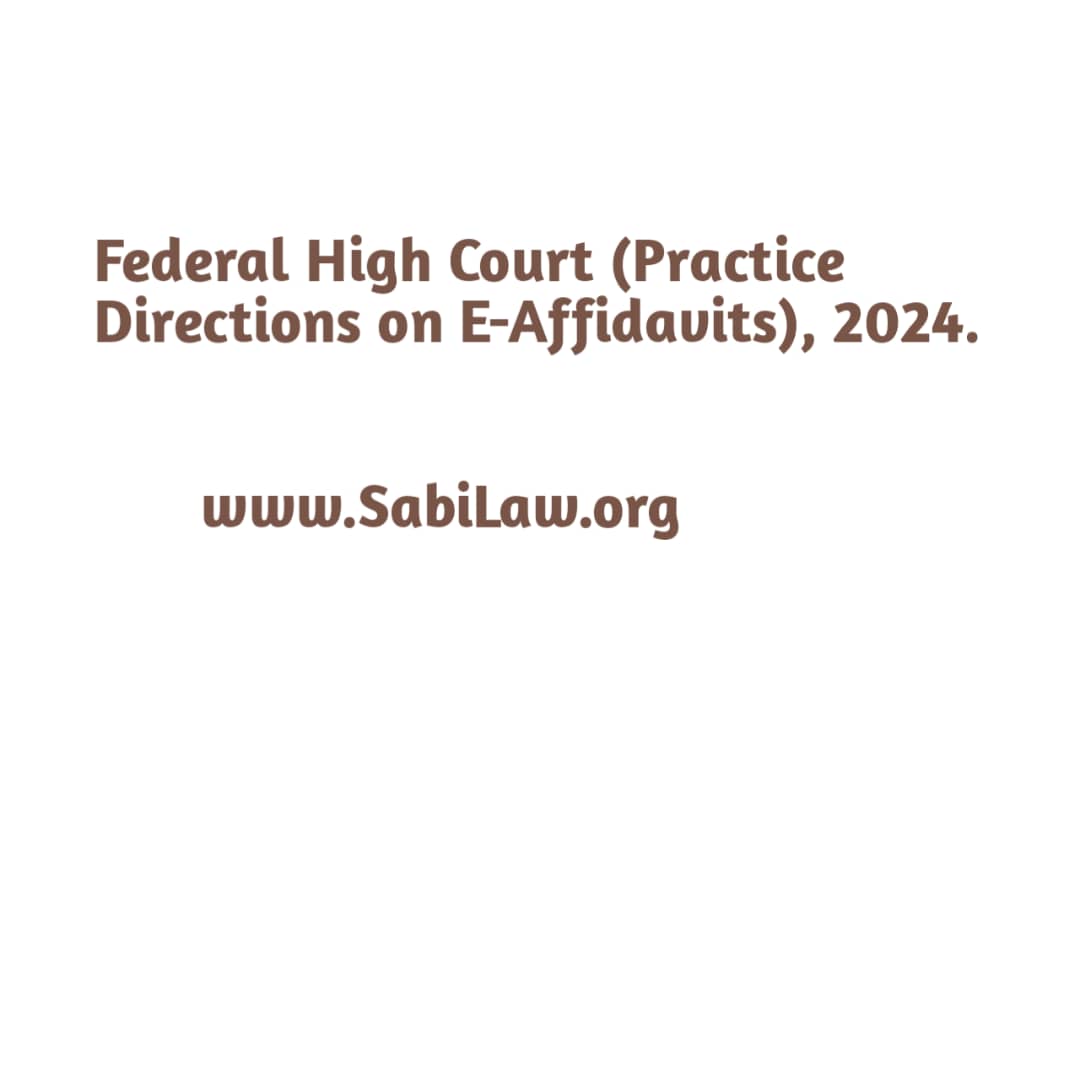
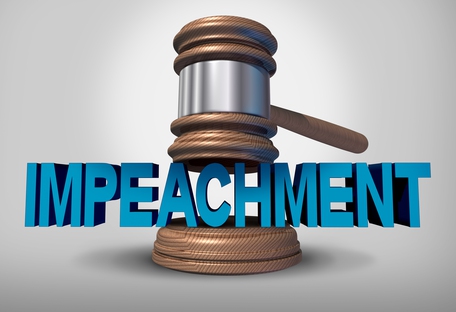




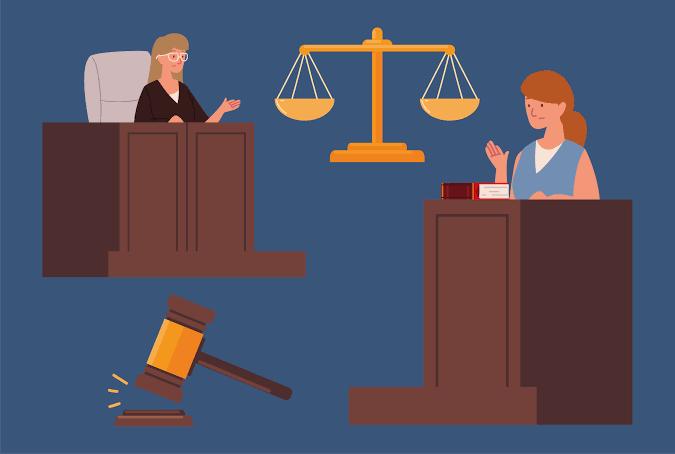
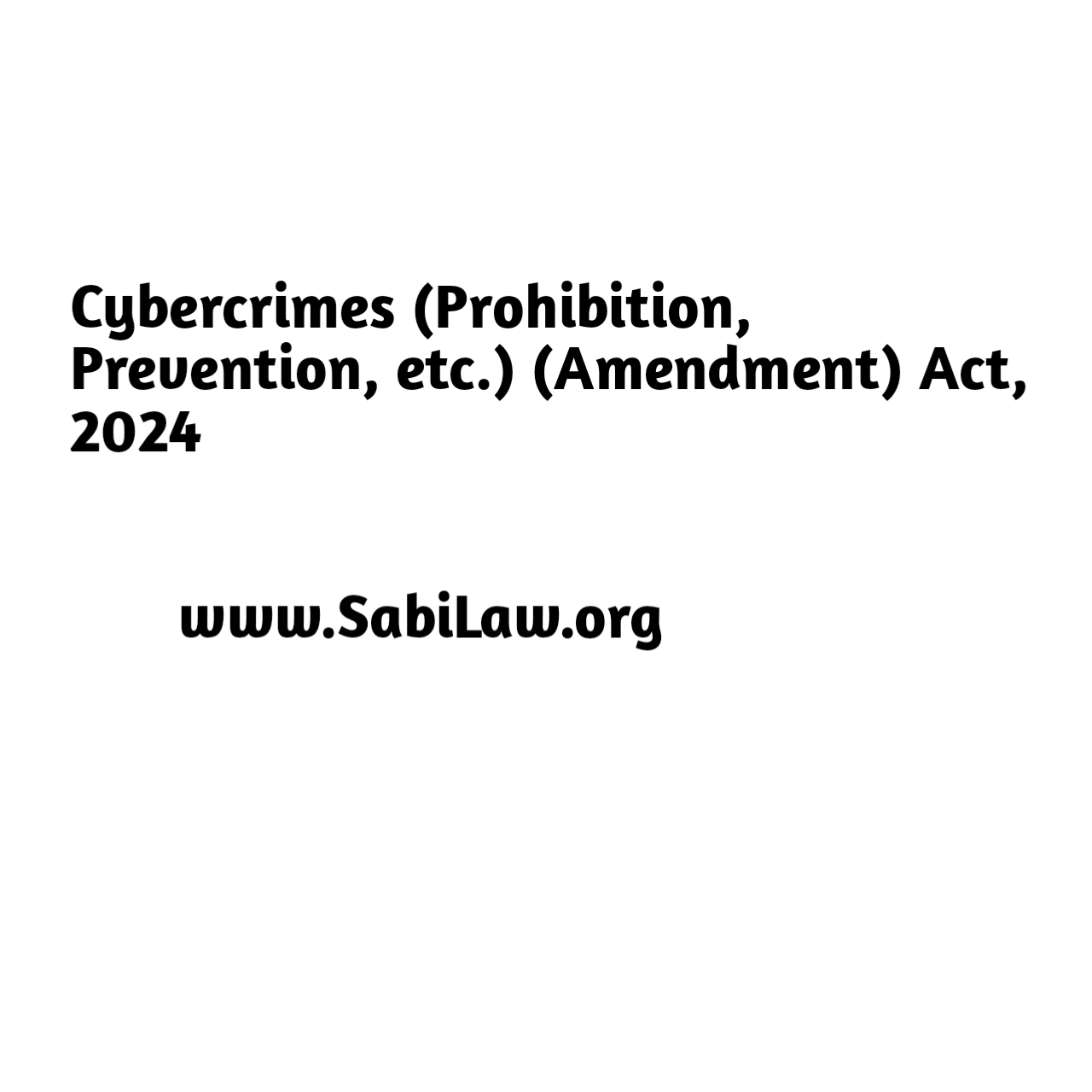


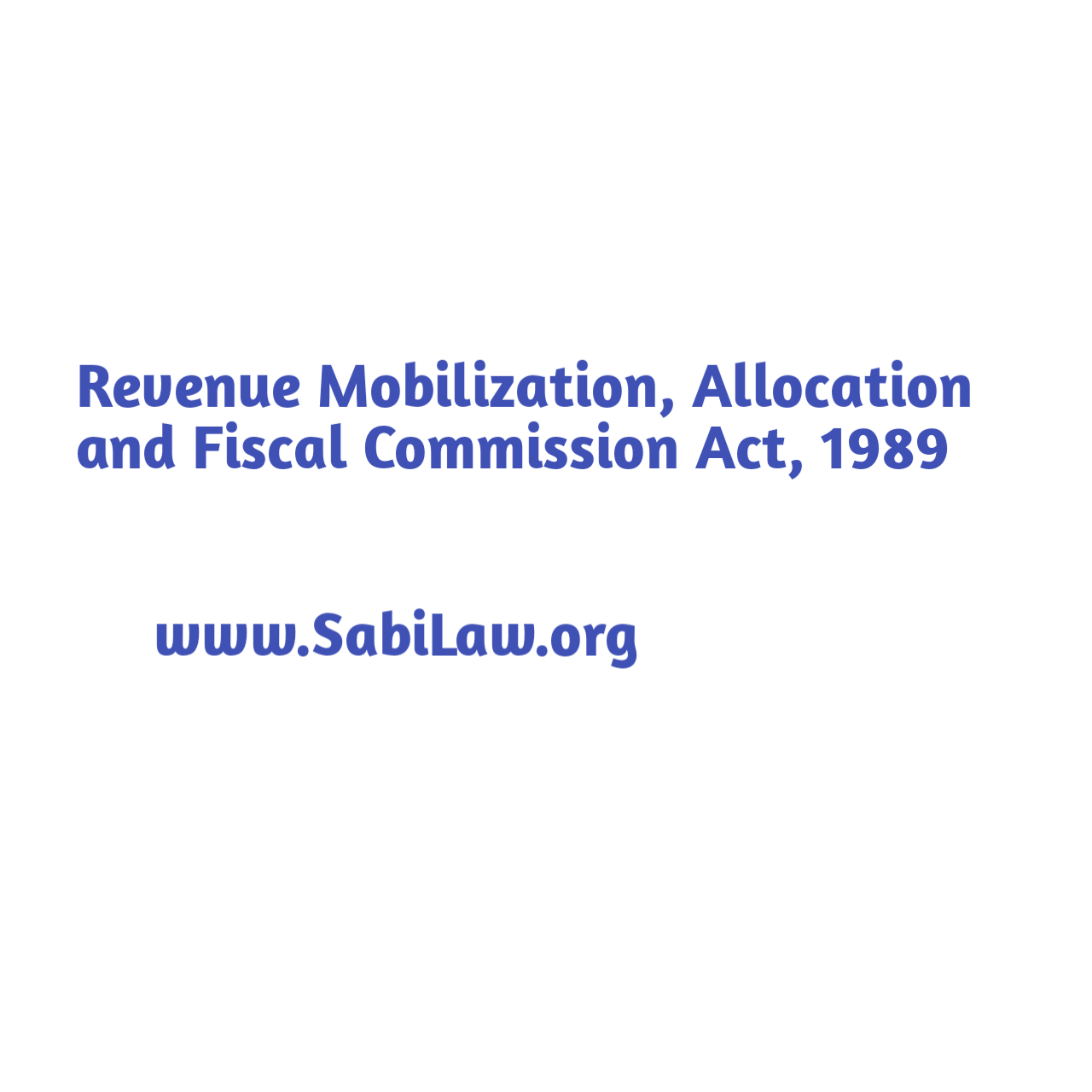

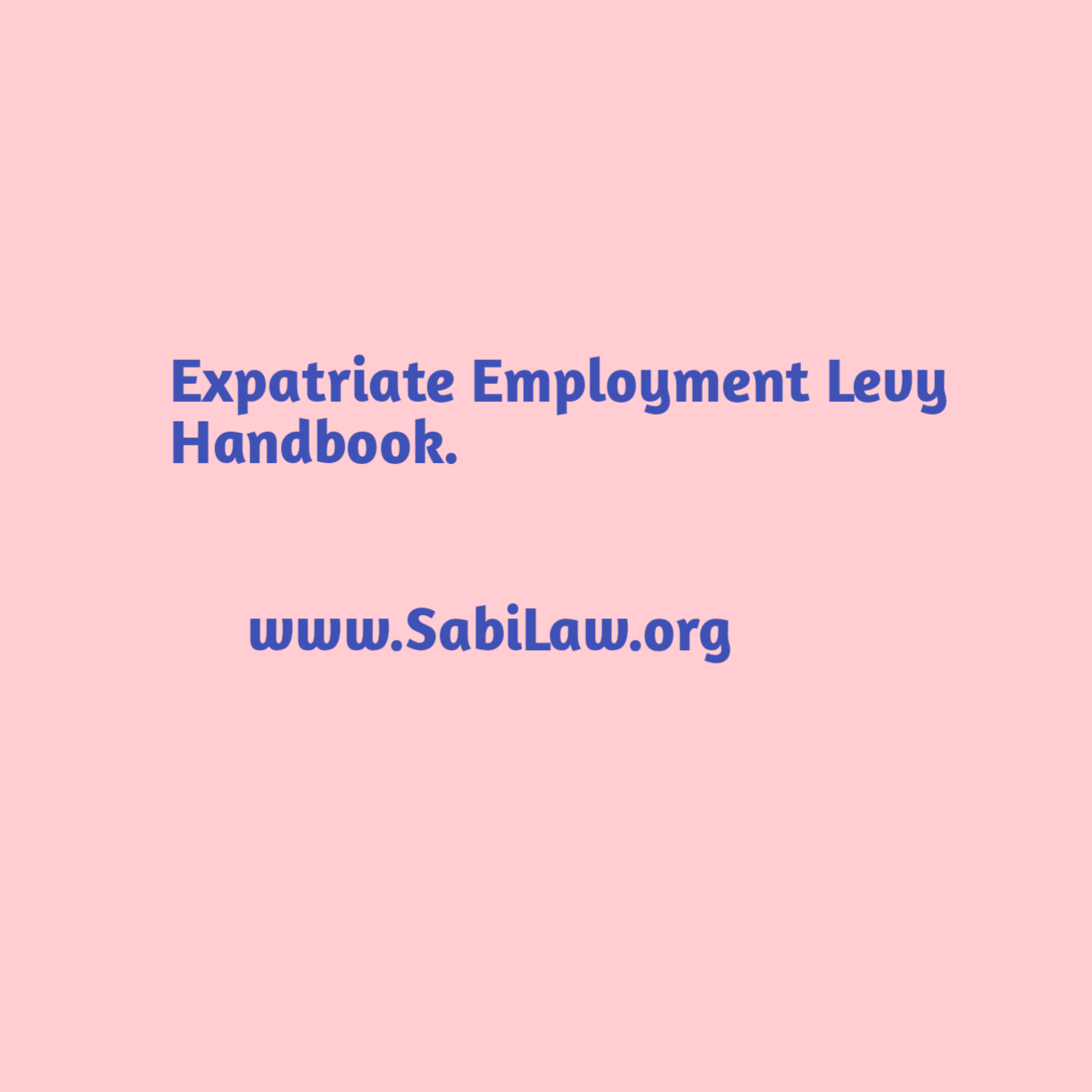

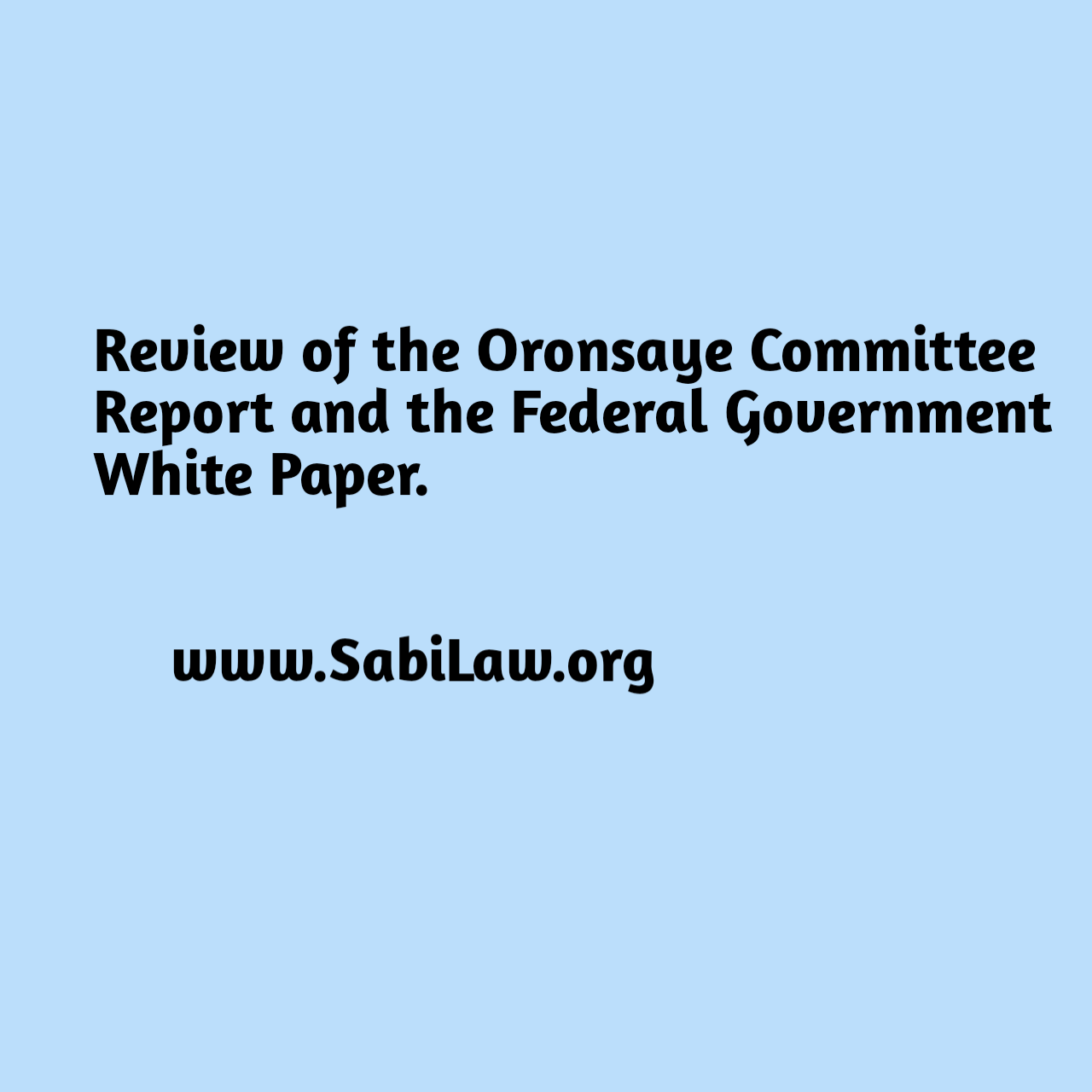

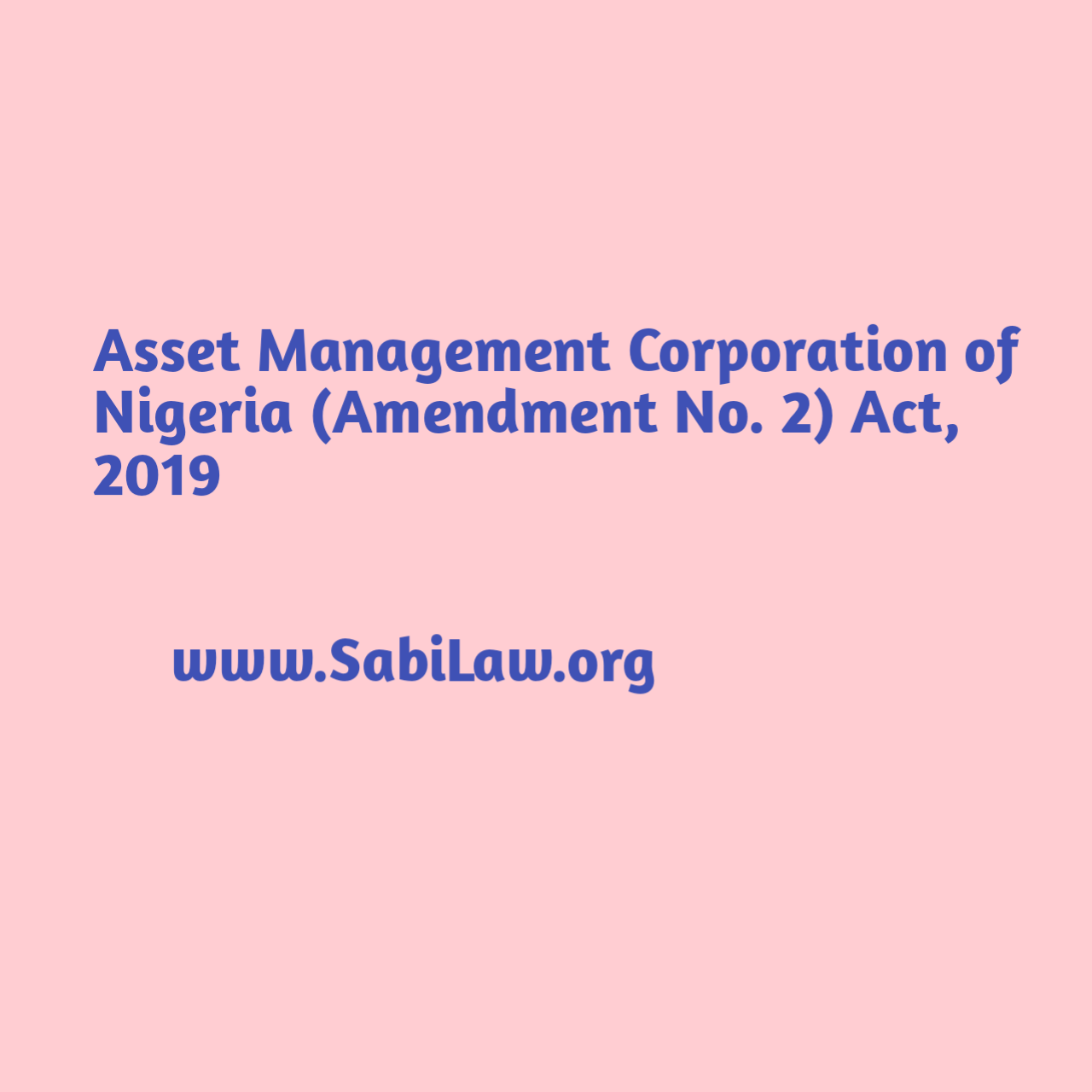





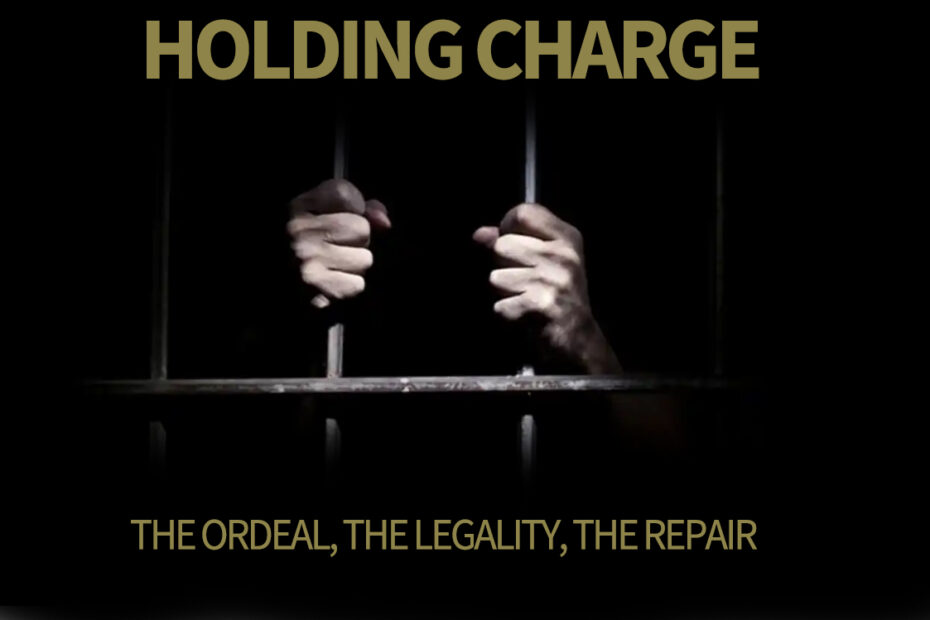



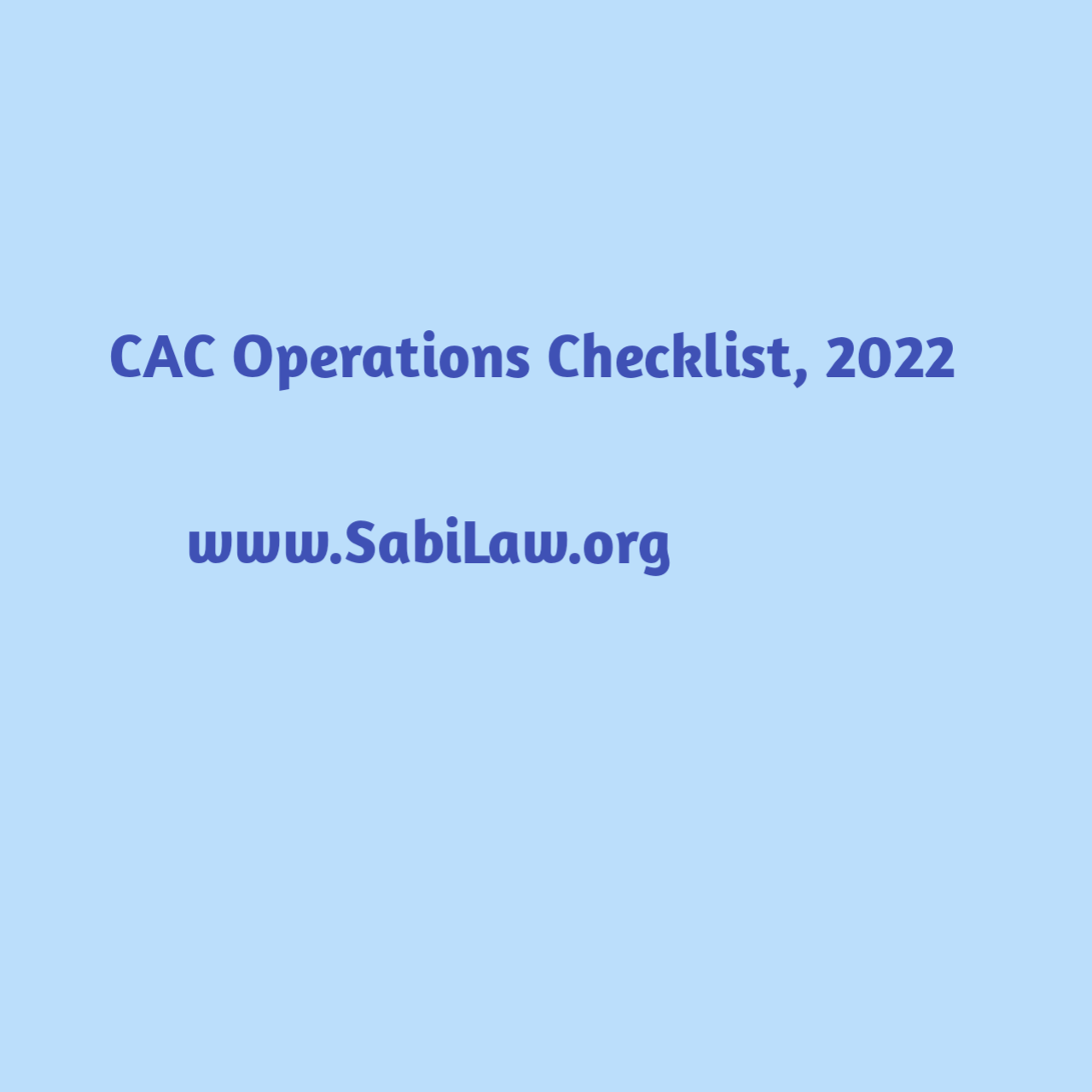
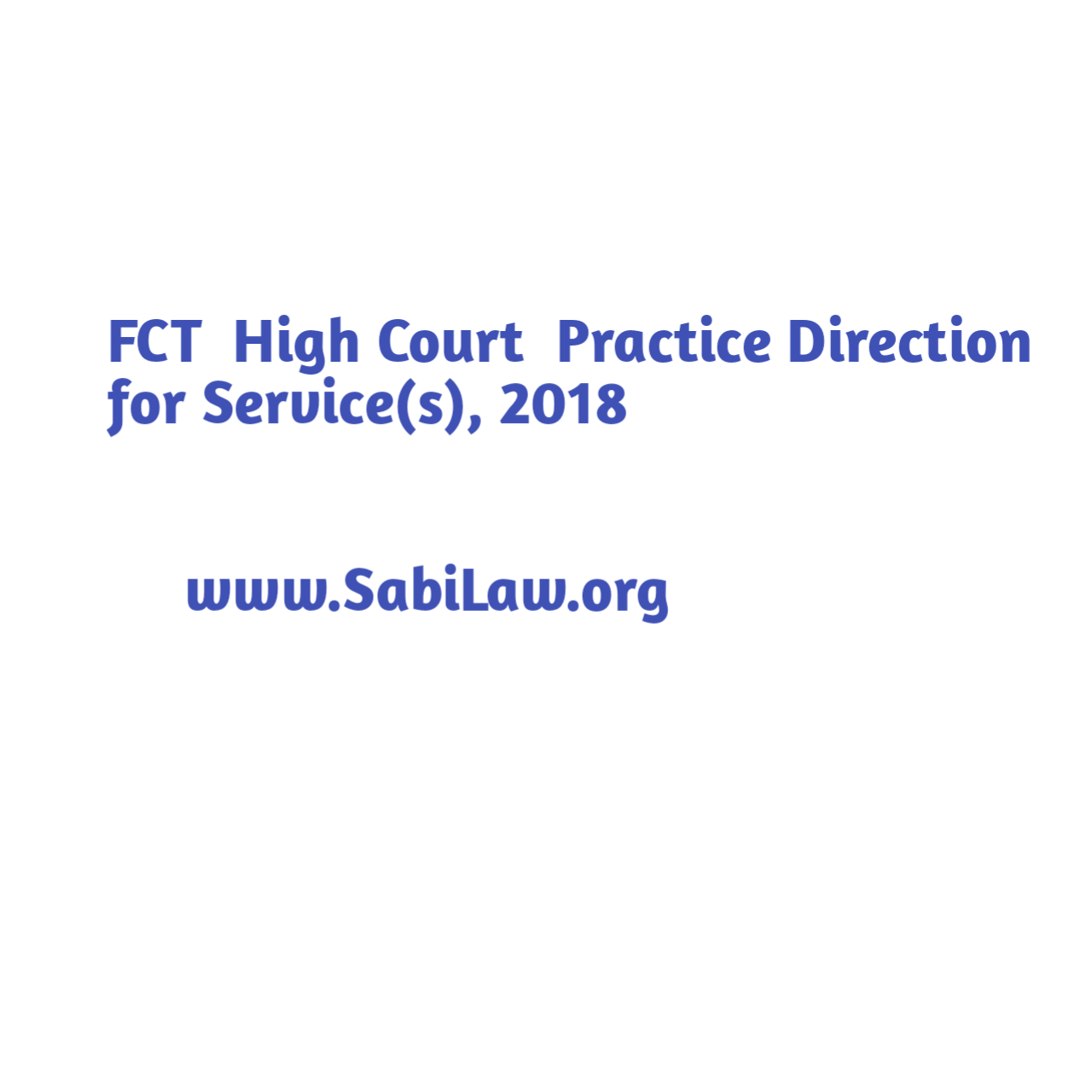
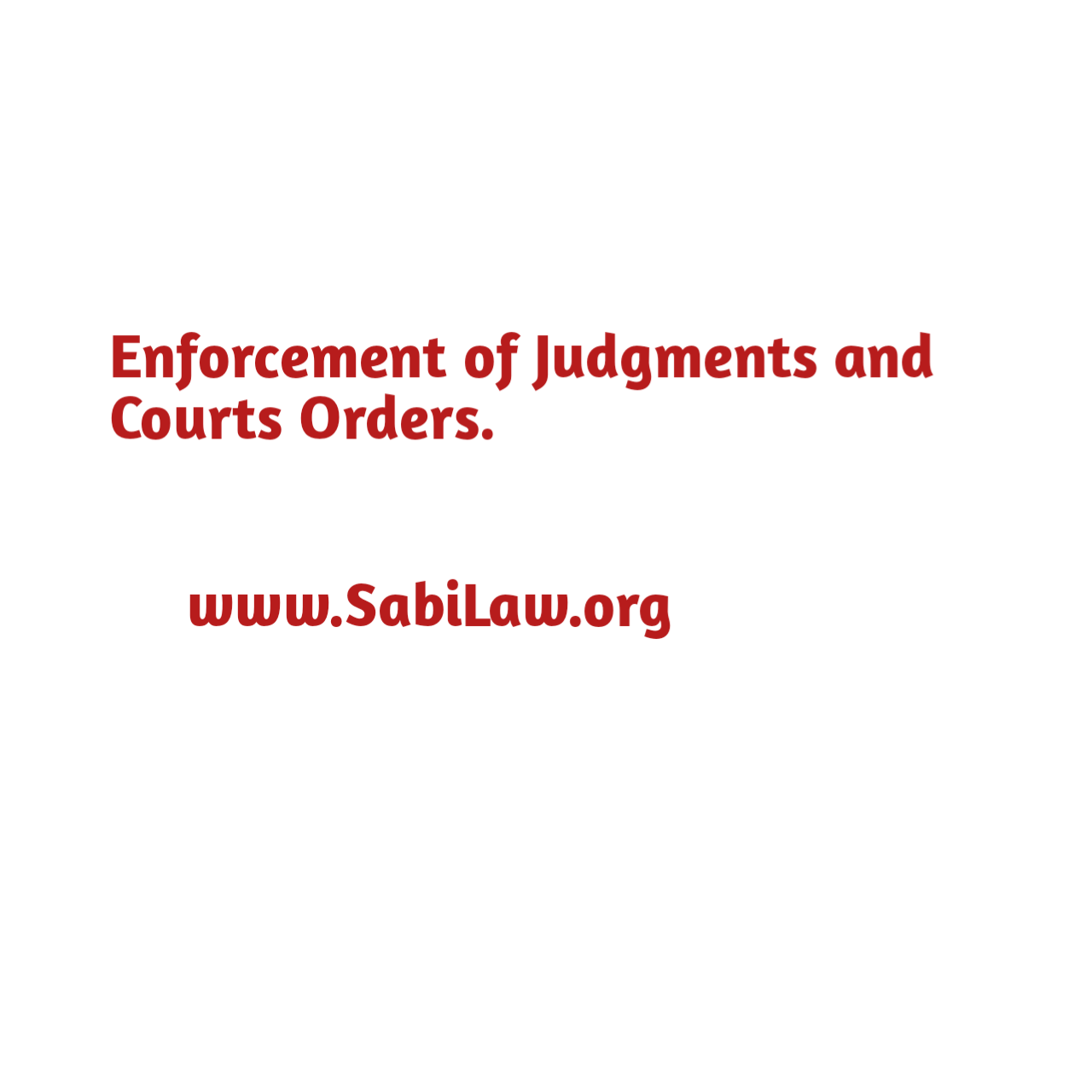
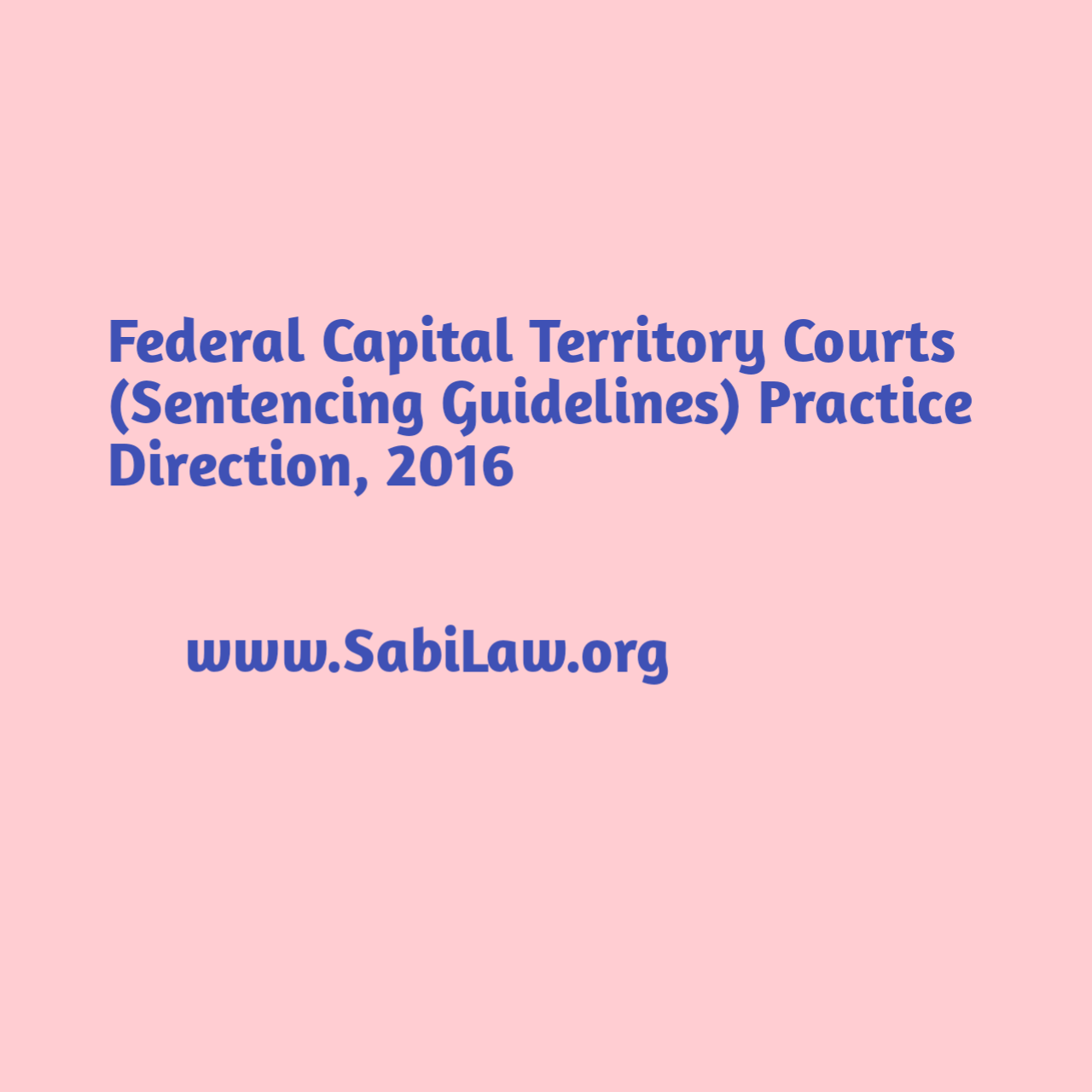
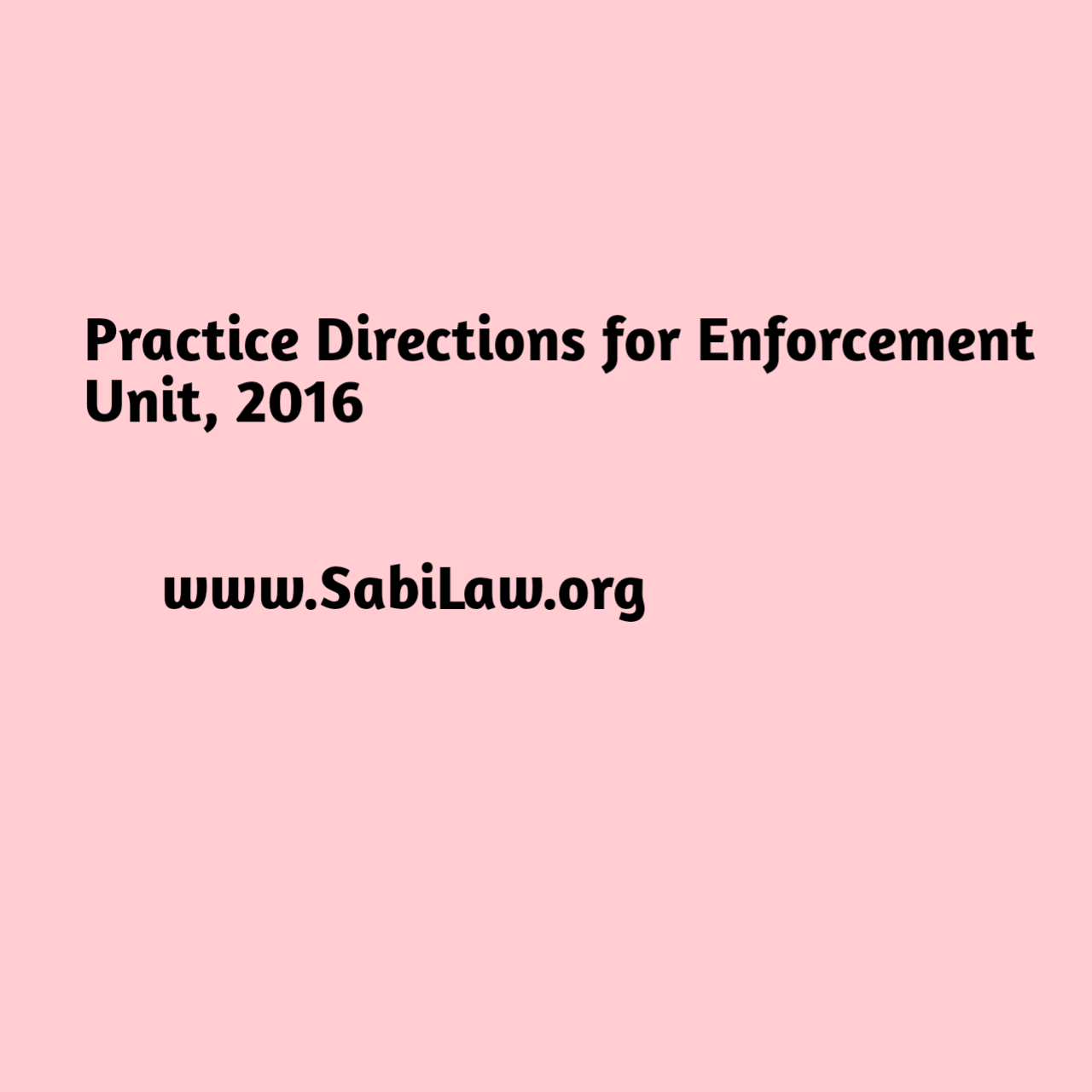
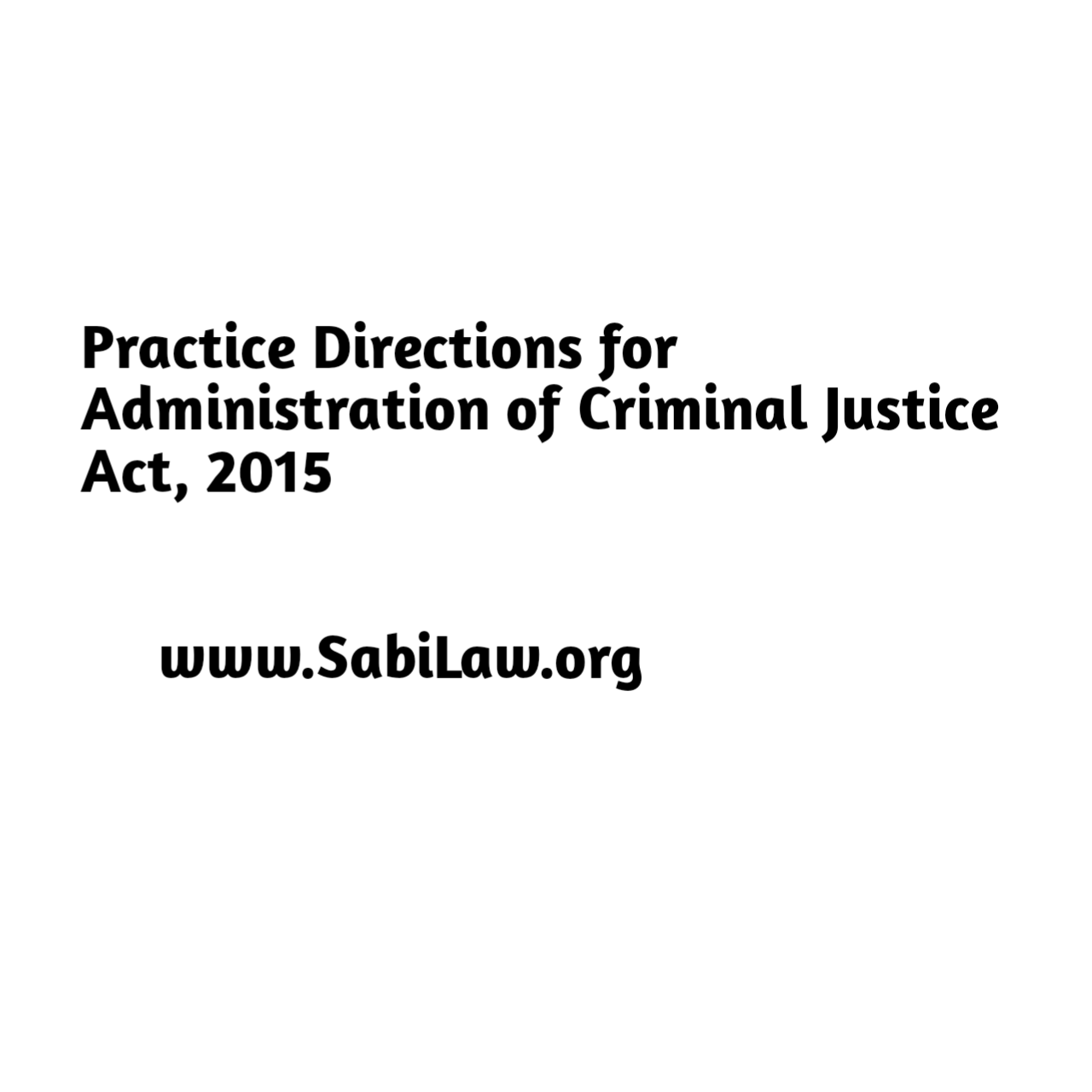
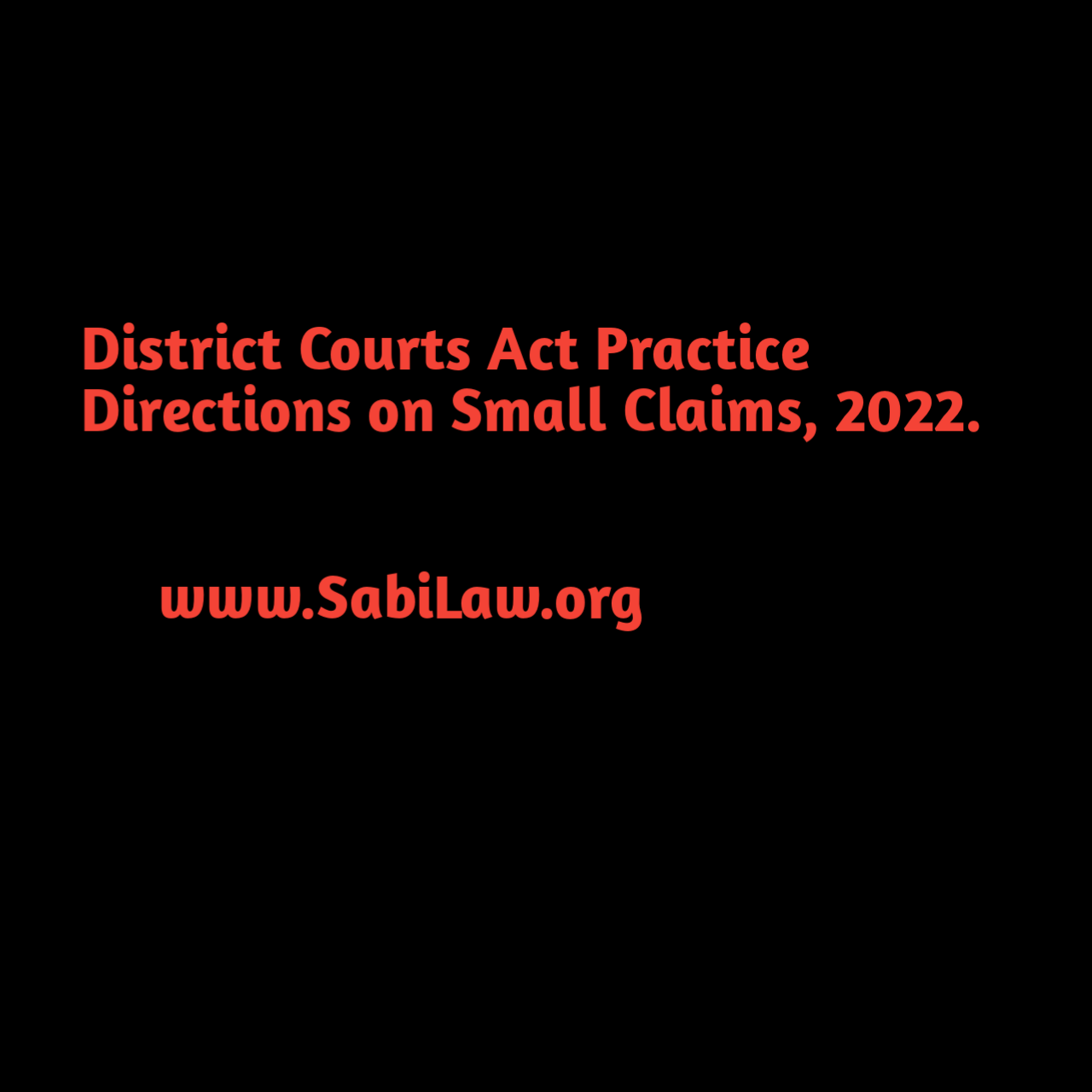


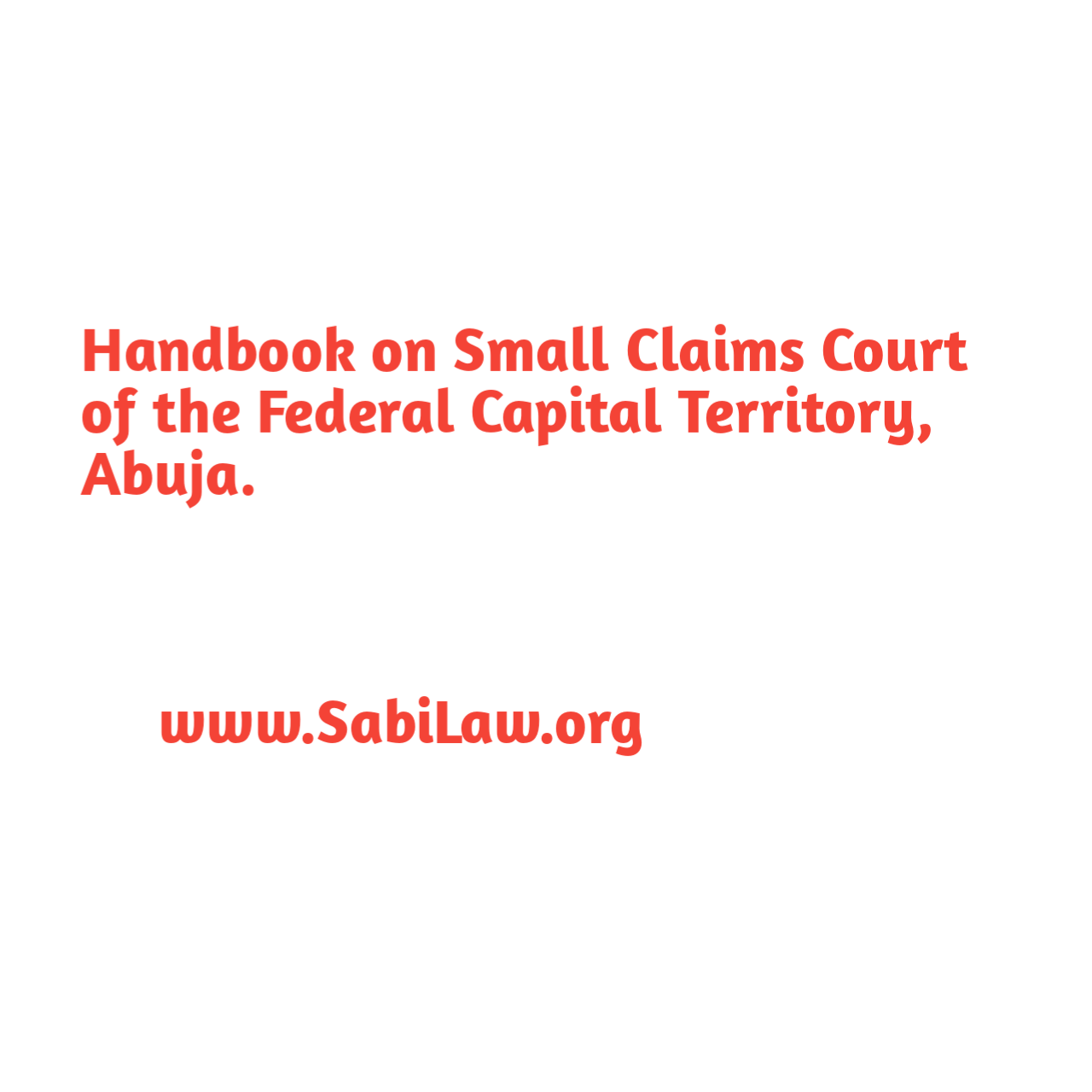




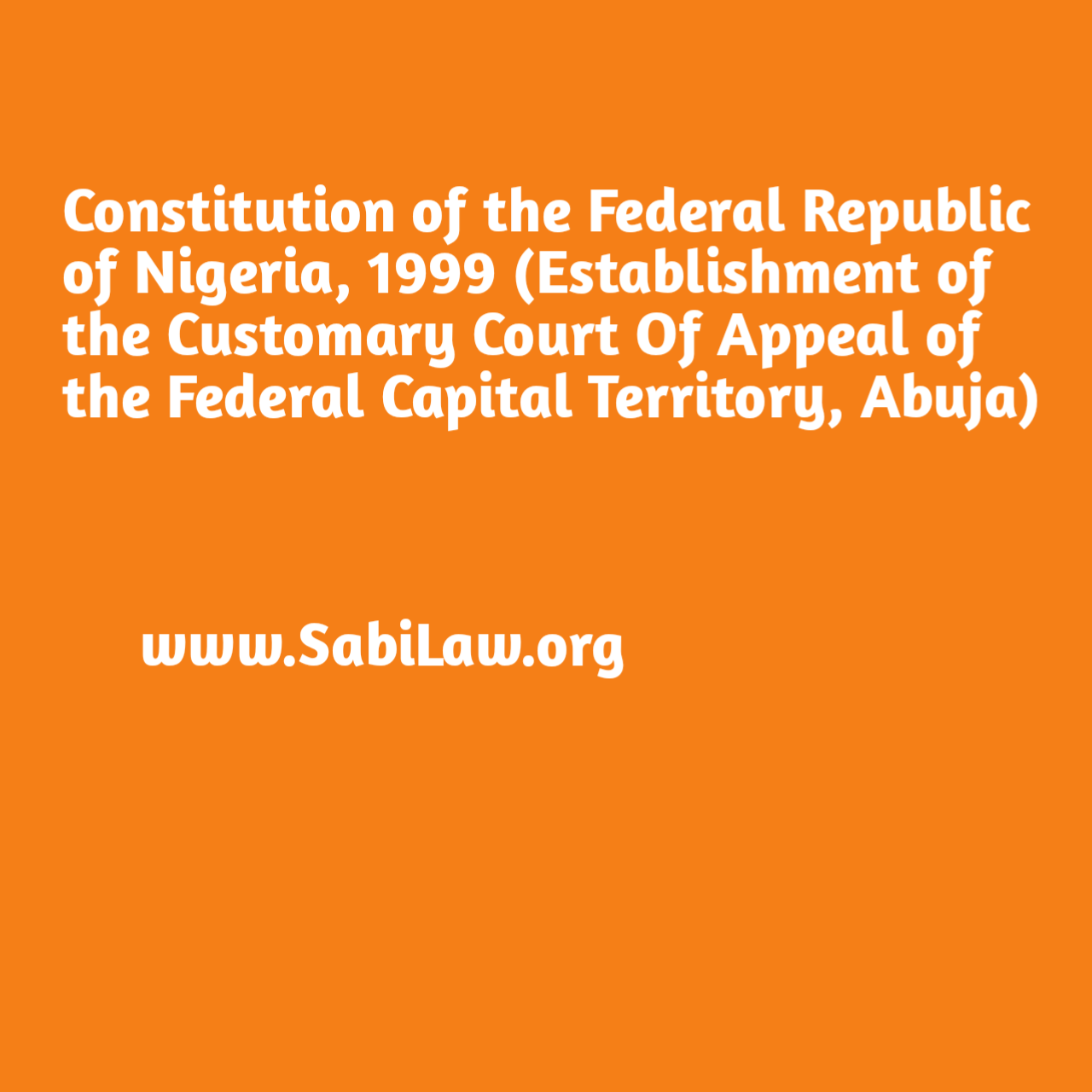
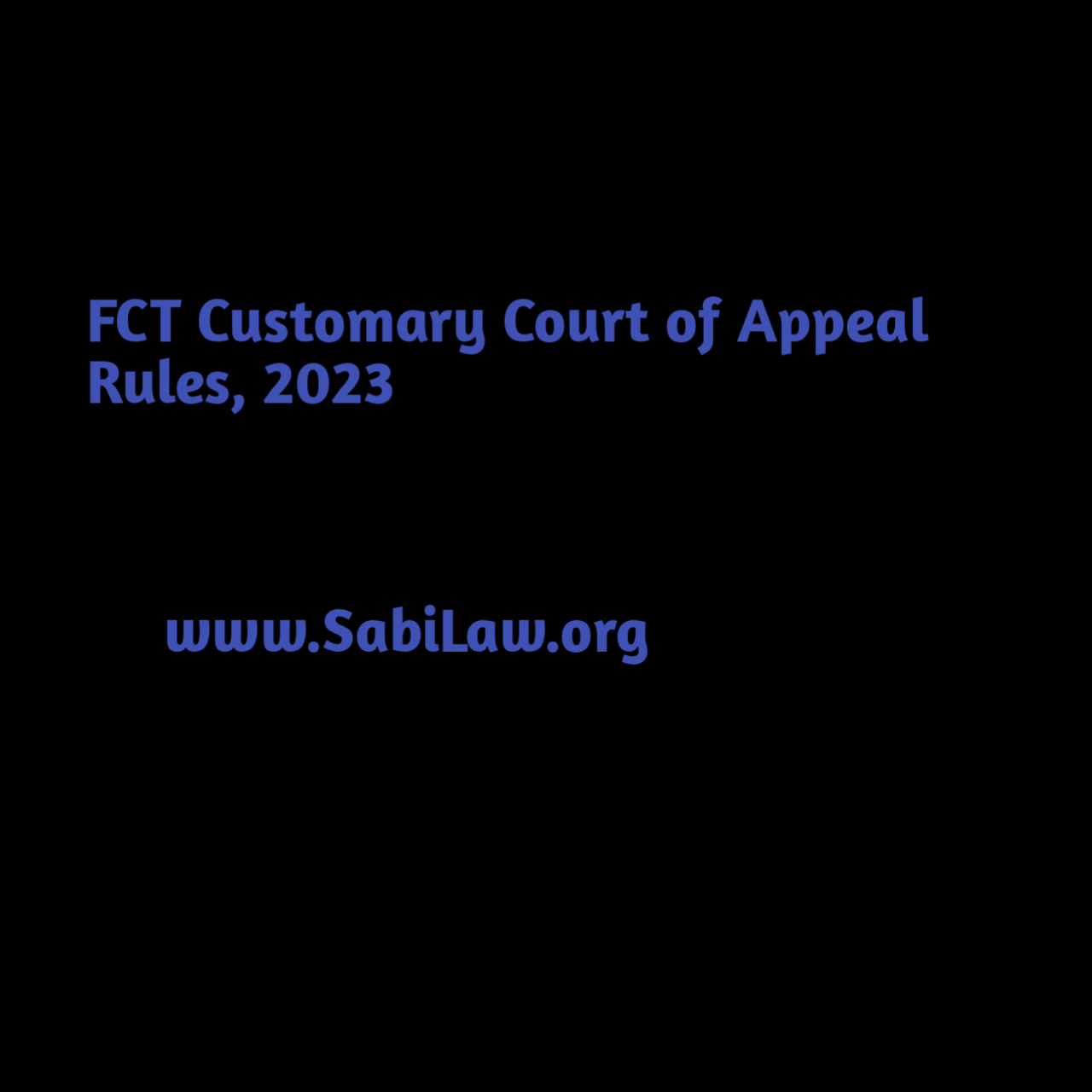

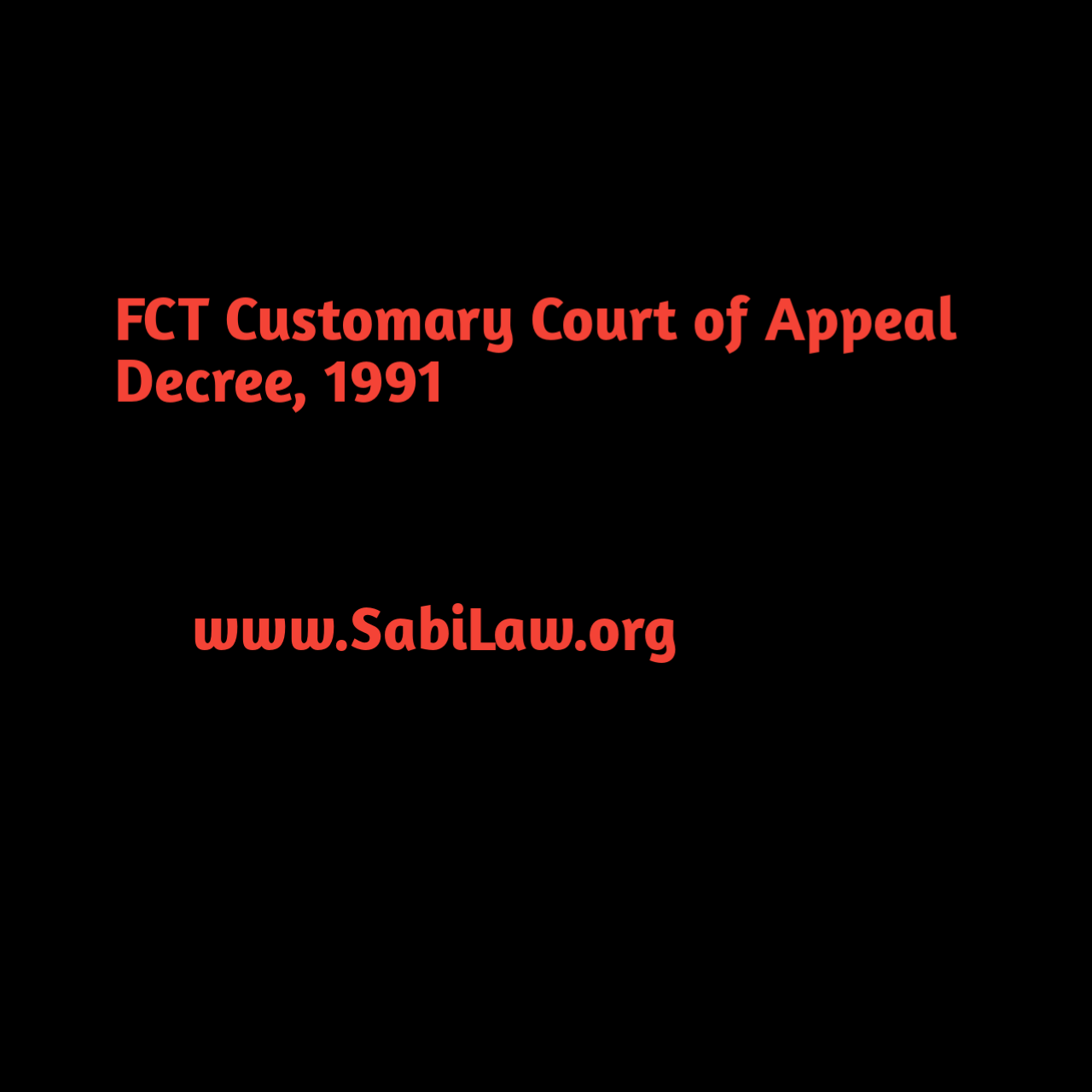
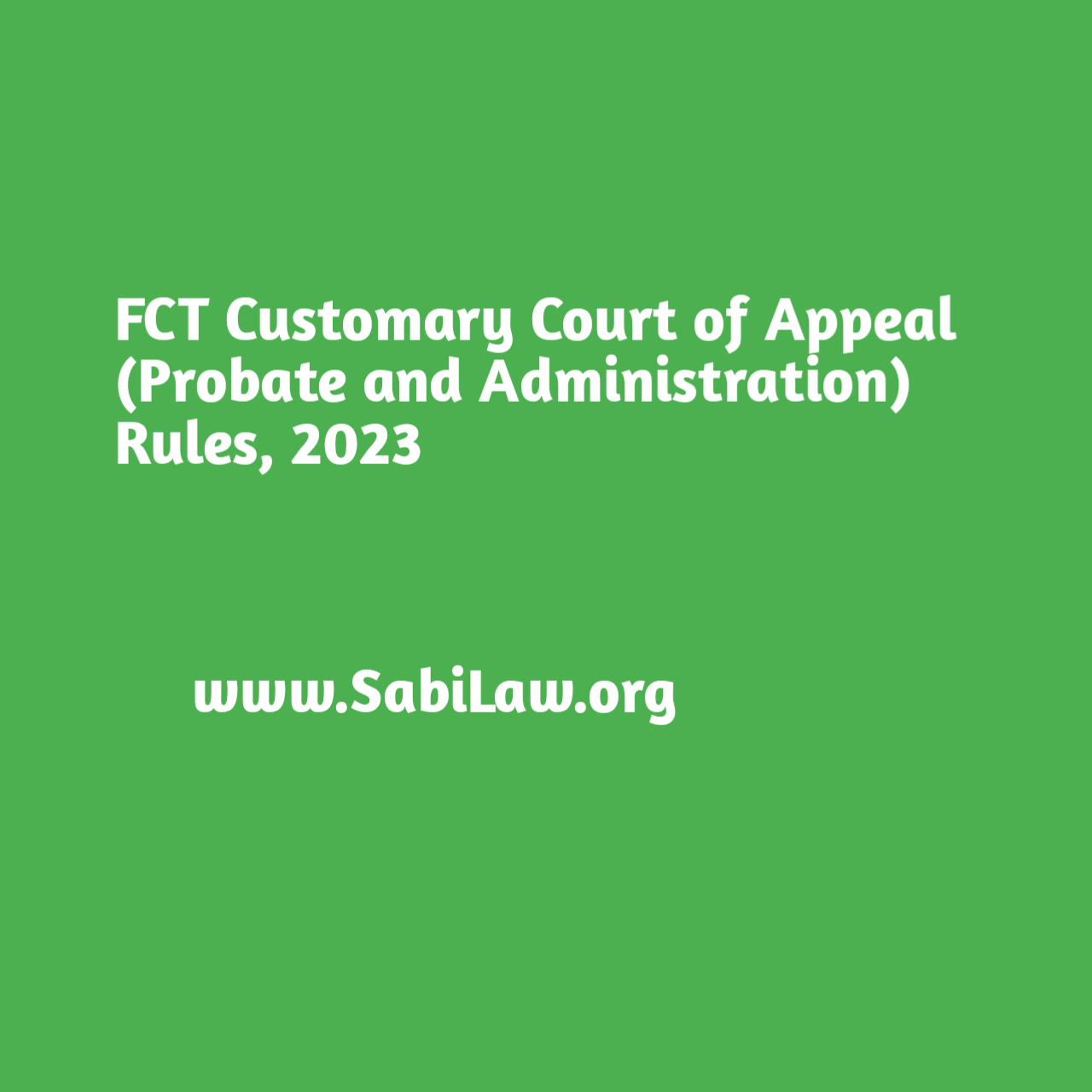
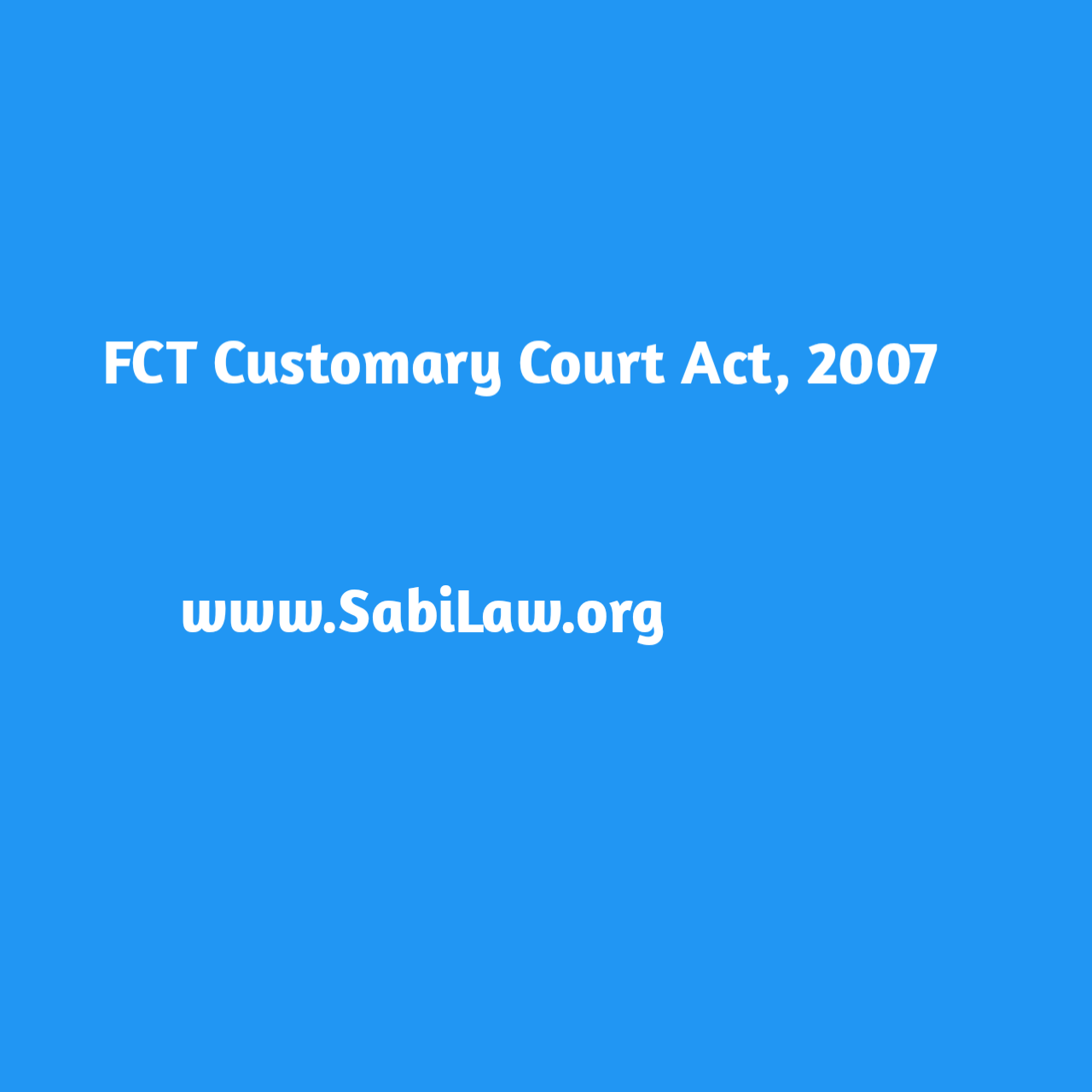
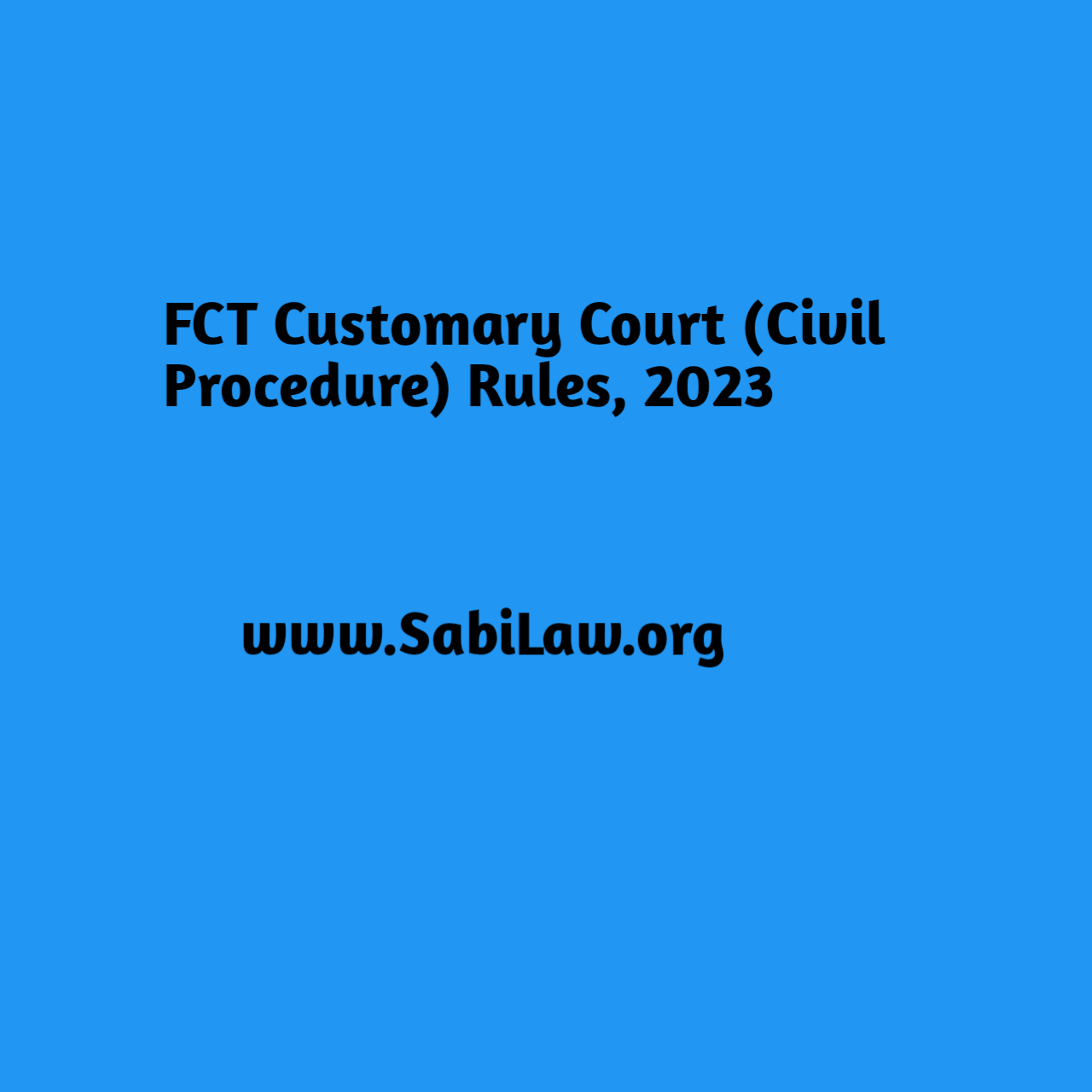

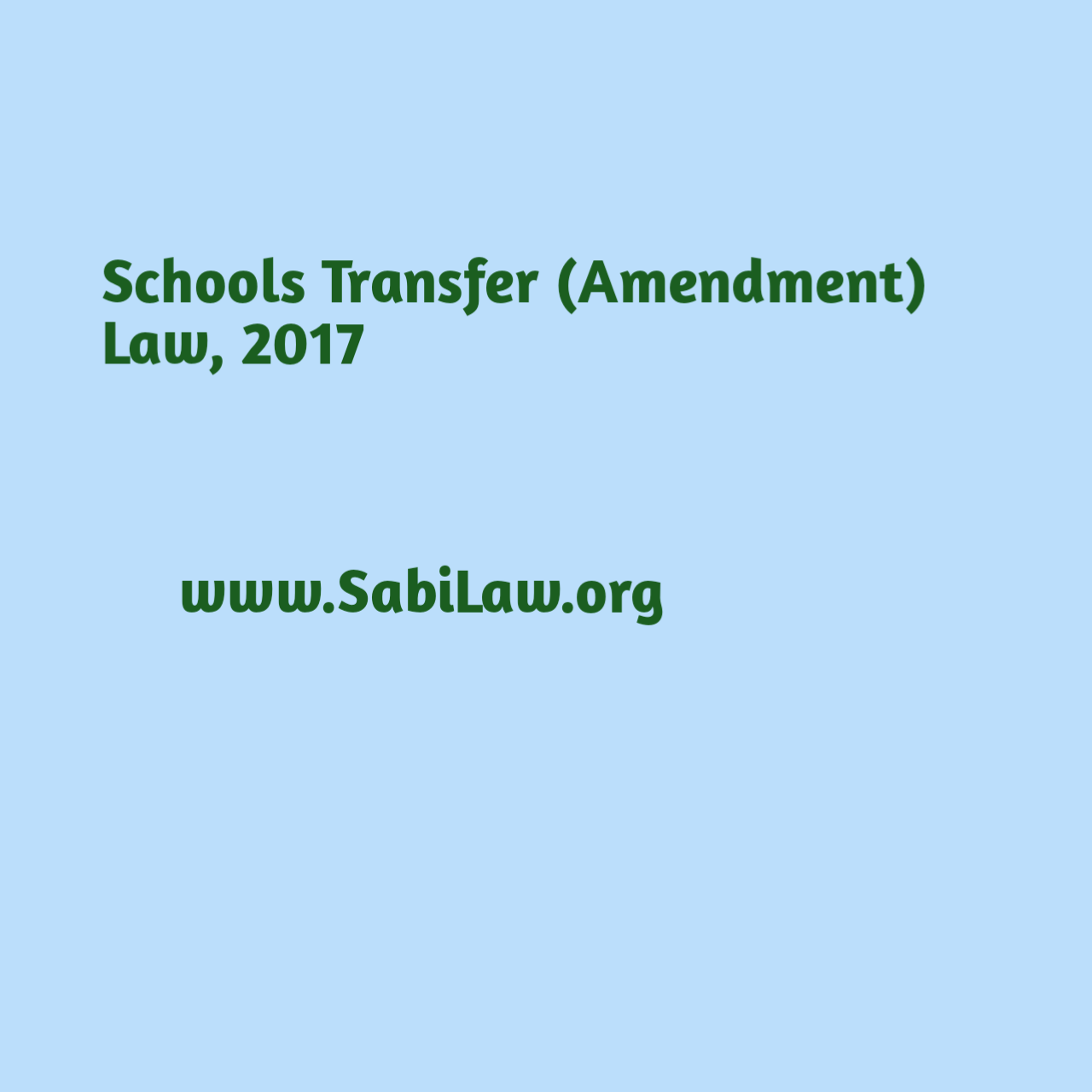
2 Responses
I found this article extremely useful. Kudos to the writer and Sabi law.